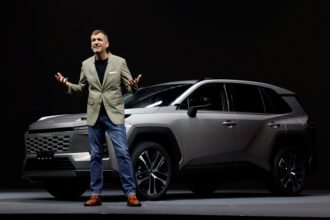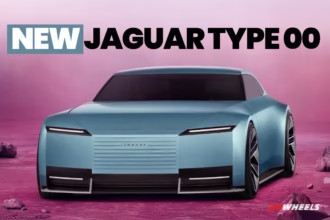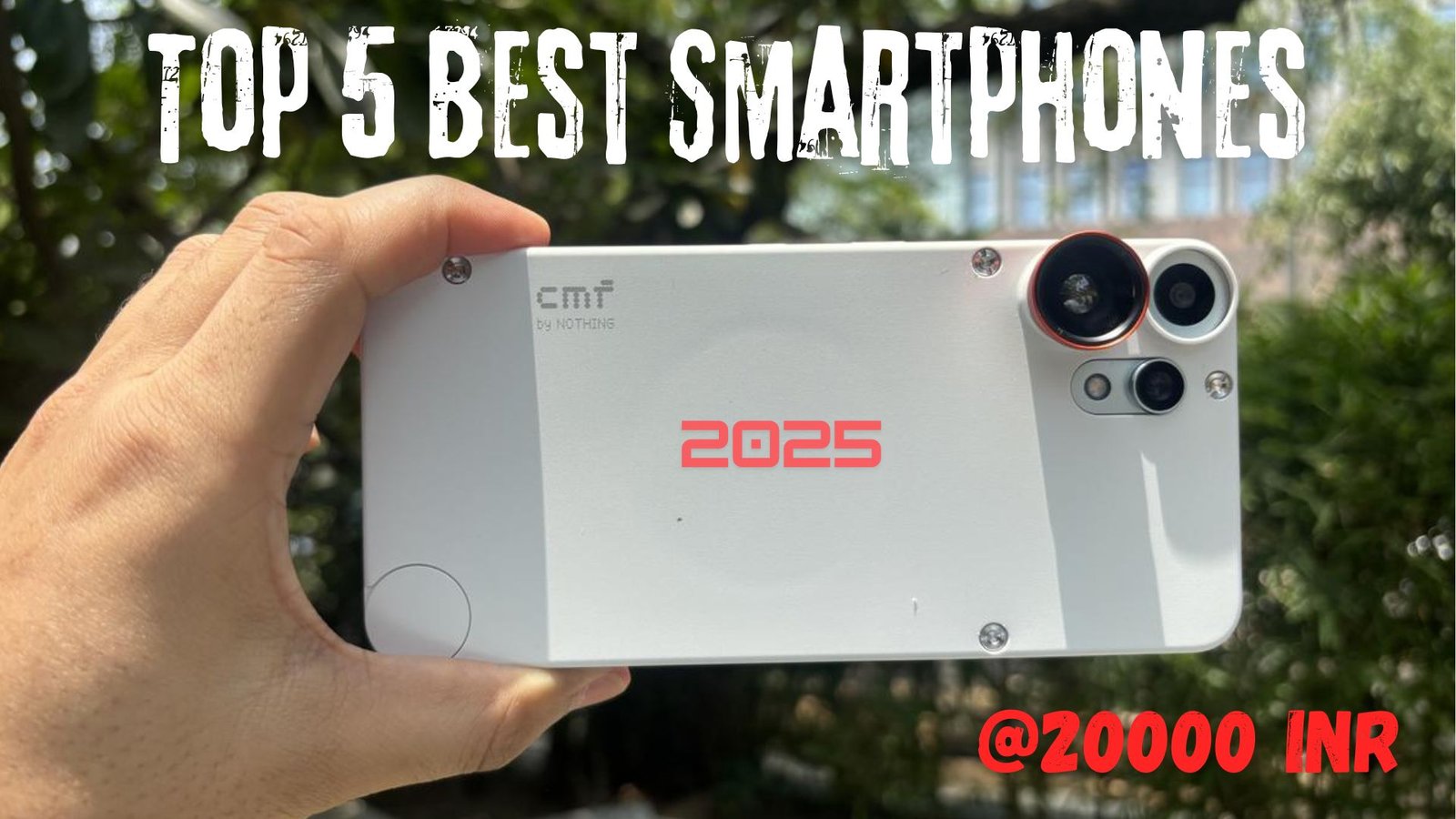You can now choose between the standard Fortuner Neo Drive priced at Rs 44.72 lakh or the more premium Legender Neo Drive at Rs 50.09 lakh (both ex-showroom). While the power figures remain unchanged from the regular diesel, the hybrid system delivers an additional boost of 16 PS and 65 Nm when needed. The technology also includes regenerative braking and an auto start-stop function to improve fuel efficiency and reduce emissions.
Beyond the powertrain, these new variants come equipped with enhanced features like a 360-degree camera and wireless phone charger. The only visible exterior change is the subtle “Neo Drive” badge, maintaining the Fortuner’s familiar commanding presence.
Are these hybrid variants worth the premium over their diesel counterparts? Does the improved efficiency justify the higher price tag? Let’s compare both options to help you decide which Toyota Fortuner deserves a place in your garage for 2025.

Toyota Fortuner Hybrid 2025: What’s New?
The all-new Toyota Fortuner hybrid marks a significant step in the evolution of this beloved SUV. With the introduction of its Neo Drive technology, Toyota has breathed fresh life into their flagship offering while maintaining the rugged character that made it popular in the first place. Let’s look at what makes this 2025 hybrid variant special.
Launch Date and Booking Timeline
The long-awaited Toyota Fortuner hybrid officially entered the Indian market in May 2025. Toyota dealers across the country began accepting bookings in April, with many reporting significant interest from potential buyers who had been holding off their purchases in anticipation of this launch.
Unlike previous Fortuner updates which were often rushed to market, Toyota took a measured approach with the hybrid version. Development and testing stretched over two years to ensure the hybrid system was properly calibrated for Indian driving conditions and fuel quality. This patient approach has paid off, as early customer feedback indicates the wait was worthwhile.
Deliveries began in select metropolitan cities by late May, with tier-2 cities receiving their first units in early June. Toyota prioritized existing Fortuner owners on the waiting list, offering them first access to the hybrid variant as a loyalty bonus.

Neo Drive Badge and Design Tweaks
The exterior changes on the Fortuner hybrid are subtle yet distinctive. Most notably, the “Neo Drive” badge adorns the tailgate, signaling the advanced technology under the hood. Toyota has retained the imposing stance and muscular profile that Fortuner enthusiasts admire, opting for evolution rather than revolution.
Design modifications include:
- Redesigned front bumper with larger air intakes for better cooling of the hybrid components
- Distinctive LED daytime running lights with a unique signature pattern
- Exclusive 18-inch alloy wheels with a more aerodynamic design
- New Midnight Emerald paint option exclusive to the hybrid model
Inside, the changes are equally refined. The instrument cluster now features a hybrid-specific display showing energy flow and battery status. The infotainment system includes an expanded eco-driving coach that provides real-time feedback to maximize efficiency.
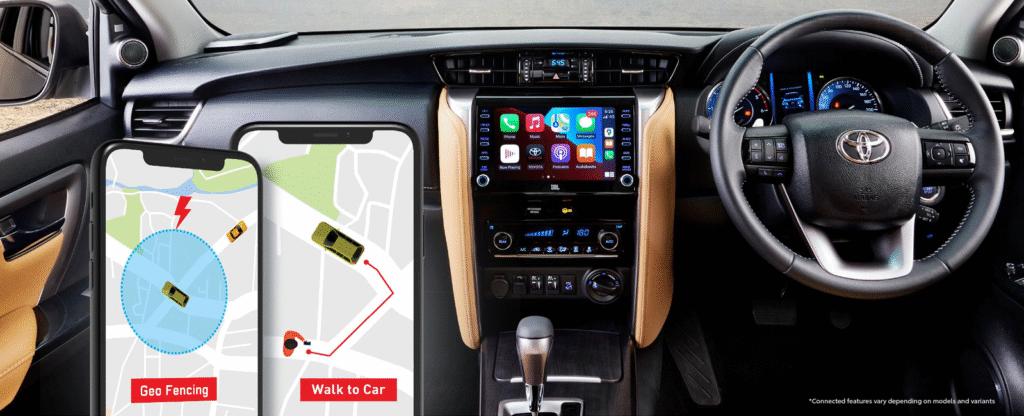
Toyota Fortuner Hybrid Price in India
Pricing for the Toyota Fortuner hybrid reflects its premium positioning in the lineup. The standard Fortuner Neo Drive starts at Rs 44.72 lakh, while the Legender Neo Drive commands Rs 50.09 lakh (both ex-showroom). This represents approximately a Rs 2.5 lakh premium over the equivalent diesel variants.
The price difference becomes more palatable when considering the improved fuel efficiency and additional features. Toyota claims the hybrid system delivers up to 12% better fuel economy in city driving conditions compared to the standard diesel – a significant saving over the vehicle’s lifetime.
For buyers focused on value, Toyota offers a 5-year/unlimited kilometer warranty on the hybrid components, addressing potential concerns about long-term reliability and maintenance costs. Additionally, service intervals remain unchanged from the diesel model, ensuring convenience for existing Fortuner owners upgrading to the hybrid.
Despite the premium pricing, dealer sources report strong initial demand, particularly from urban professionals and business owners who appreciate both the status and practical benefits of hybrid technology in their daily commute.
Engine and Hybrid System Explained
Image Source: Autocar India
Under the hood of the Toyota Fortuner hybrid lies a fascinating blend of conventional power and electric assistance. The hybrid powertrain represents Toyota’s commitment to enhancing efficiency without sacrificing the robust performance that Fortuner owners have come to expect.
2.8L Diesel + 48V Mild-Hybrid Setup
The heart of the Toyota Fortuner Neo Drive remains the powerful 2.8-liter, 4-cylinder turbocharged diesel engine that produces 204 hp and 500 Nm of torque [1]. What makes this 2025 model special, however, is the addition of a sophisticated 48-volt mild-hybrid system that works in perfect harmony with the diesel powerplant.
This isn’t a full hybrid setup where the vehicle can run on electric power alone. Instead, the 48V system serves as an intelligent assistant to the main engine, offering subtle but significant improvements to the driving experience. The system includes a compact lithium-ion battery that stores recovered energy and releases it when needed [2].
For those wondering about performance differences, the raw power figures remain unchanged from the standard diesel variant. Nevertheless, the mild-hybrid technology delivers smoother operation, especially during low-speed driving conditions that typically challenge diesel engines.

Belt-Integrated Starter Generator
At the core of this hybrid system is a belt-integrated starter generator (BiSG) – essentially a small electric motor connected to the engine via a belt system [3]. This component serves multiple crucial functions:
- It acts as an electric motor, providing torque assistance during initial acceleration
- It functions as a generator, converting kinetic energy into electrical energy during deceleration
- It replaces the conventional starter motor, enabling smoother and quieter engine starts
The BiSG operates almost invisibly, seamlessly transitioning between its motor and generator roles. During acceleration, particularly at lower speeds, it delivers additional torque to supplement the diesel engine, resulting in a more responsive feel without the traditional turbo lag [4].
Furthermore, the system provides torque assist during low-speed inputs, reducing engine strain and significantly improving crawl performance – a feature that off-road enthusiasts will certainly appreciate.
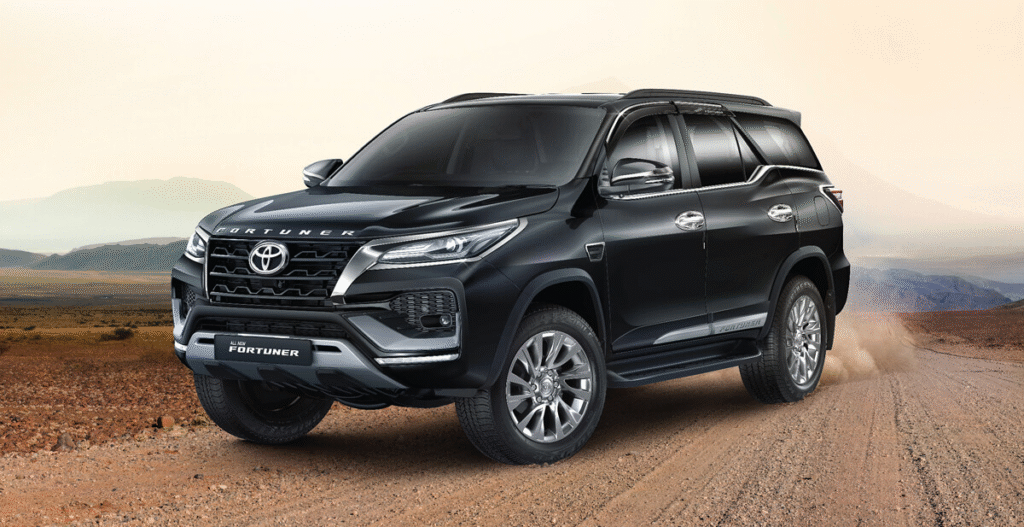
Auto Start-Stop and Regenerative Braking
The Toyota Fortuner hybrid introduces two key efficiency-enhancing features that work in tandem with the 48V system:
The Smart Idle Start-Stop function automatically shuts down the engine when the vehicle comes to a stop, such as at traffic lights [2]. Unlike conventional start-stop systems that can feel jarring, the BiSG enables smoother, nearly imperceptible restarts. Once you release the brake pedal, the engine springs back to life instantly and quietly.
Regenerative braking represents another significant advancement. When you apply the brakes or lift off the accelerator, the BiSG switches to generator mode, converting kinetic energy (that would otherwise be lost as heat) into electrical energy [5]. This recovered energy charges the lithium-ion battery, which then powers the BiSG when assistance is needed.
The regenerative braking system serves a dual purpose – it not only recharges the battery but also provides additional braking force, improving overall braking performance [2]. While this system sounds complex, its operation is completely transparent to the driver.
Toyota claims the hybrid system delivers approximately 5% improvement in fuel economy based on global market data [6]. Though this might seem modest, it translates to meaningful savings over the vehicle’s lifetime, especially considering rising fuel costs.
Consequently, the 48V system achieves the delicate balance between maintaining the Fortuner’s rugged capabilities while making it more efficient and environmentally friendly – a win-win proposition for buyers looking for both power and responsibility in their SUV.

Hybrid vs Diesel: Performance and Efficiency
When comparing the Toyota Fortuner hybrid and diesel variants, the differences might seem subtle on paper but translate to meaningful improvements in real-world driving. The hybrid technology adds a new dimension to this beloved SUV’s performance envelope.
Power and Torque Comparison
On the surface, both the hybrid and diesel variants share identical official power figures. The 2.8-liter turbo-diesel engine produces 204 hp and an impressive 500 Nm of torque [5]. Yet dig deeper, and you’ll discover the hybrid’s hidden advantage.
The 48V mild-hybrid system delivers an additional boost of 16 hp and 42 Nm when needed [7], creating a more responsive driving experience without changing the official power ratings. Think of it as having an invisible assistant that steps in precisely when the engine needs extra muscle.
Interestingly, this supplemental power makes the biggest difference during those crucial moments of initial acceleration or while navigating steep inclines. The belt-integrated starter generator works seamlessly with the main engine, eliminating the traditional turbo lag that diesel engines often exhibit.
Fuel Economy and Emissions
Perhaps the most compelling reason to consider the hybrid variant is its improved efficiency. Toyota claims the Neo Drive system delivers approximately 5-10% better fuel economy compared to the standard diesel model [8][9].
The efficiency gains come from multiple sources:
- Regenerative braking recovers energy during deceleration
- Smart idle start-stop function reduces fuel consumption in traffic
- Electric assistance reduces engine load during low-speed operations
In practical terms, this translates to a fuel economy of about 13.15 kmpl for the hybrid compared to 12.66 kmpl for the non-hybrid diesel variant [7]. Over thousands of kilometers, these savings can substantially offset the initial price premium.
Moreover, the reduced fuel consumption directly correlates with lower emissions – a welcome benefit for environmentally conscious buyers and those in cities with stringent pollution norms.

Driving Experience: Smoothness and Noise Levels
Beyond performance figures and efficiency stats, the hybrid system transforms the driving experience in ways that can’t be fully captured by numbers alone.
The most noticeable improvement comes in NVH (Noise, Vibration, and Harshness) levels. The hybrid technology delivers smoother operation, particularly during engine restarts after auto stop-start activations [3]. Gone is the characteristic diesel clatter when the engine fires up at traffic lights.
At low speeds, typically the Achilles’ heel of diesel engines, the hybrid offers more relaxed and linear acceleration [9]. The torque assist from the electric motor fills in the gaps in the power band, creating a more refined driving experience, especially in urban stop-and-go traffic.
As one forum member described it: “Is it worth the premium? If you spend most of your time in city traffic, absolutely. The smoother operation and improved fuel economy make daily commutes noticeably more pleasant.”
Features and Tech: What You Get Extra in Hybrid
Image Source: Times of India
Price and Value Comparison Across Variants
Deciding whether to invest in the Toyota Fortuner hybrid involves careful consideration of its price positioning within the lineup. The premium pricing strategy raises questions about value that deserve thorough examination.
Variant-Wise Price Breakdown
The Toyota Fortuner Neo Drive 48V enters the market at ₹44.72 lakh, whereas the more upscale Legender Neo Drive 48V commands ₹50.09 lakh (both ex-showroom) [1]. These hybrid variants position themselves near the top of the Fortuner range, with only the performance-oriented GR-S variant priced higher at ₹51.94 lakh [10].
Looking at the complete Fortuner lineup reveals an interesting pricing hierarchy:
| Variant | Transmission | Ex-Showroom Price (₹ lakh) |
|---|---|---|
| Petrol 4×2 AT | Automatic | 35.37 |
| Diesel 4×2 MT | Manual | 36.33 |
| Diesel 4×2 AT | Automatic | 38.61 |
| Diesel 4×4 MT | Manual | 40.43 |
| Diesel 4X4 AT | Automatic | 42.72 |
| Legender 4×2 AT | Automatic | 44.11 |
| Diesel 4×4 AT Neo Drive | Automatic | 44.72 |
| Legender 4×4 MT | Manual | 46.36 |
| Legender 4×4 AT | Automatic | 48.09 |
| Legender 4×4 AT Neo Drive | Automatic | 50.09 |
| GR-S 4×4 AT | Automatic | 51.94 |
On the streets, these prices translate to even higher figures. For instance, the on-road price in Mumbai for the Fortuner Hybrid reaches approximately ₹53.89 lakh, while the Legender Hybrid commands about ₹60.36 lakh [11].
Cost Difference Between Diesel and Hybrid
Analyzing the price sheets reveals a consistent pattern: Toyota charges exactly ₹2 lakh extra for hybrid technology compared to equivalent non-hybrid diesel variants [10][6]. Specifically, the regular Fortuner 4X4 AT diesel costs ₹42.72 lakh, while its hybrid counterpart is priced at ₹44.72 lakh – a ₹2 lakh premium [10].
Similarly, the Legender 4X4 AT diesel (₹48.09 lakh) jumps to ₹50.09 lakh in hybrid form [10]. Importantly, Toyota offers the hybrid technology exclusively with 4X4 AT variants [6], positioning it as a premium feature rather than a mainstream option.
For perspective, this ₹2 lakh hybrid premium is less severe than the price gap between petrol and regular diesel variants, which ranges from ₹2.5 lakh to ₹3.19 lakh depending on transmission choice [12].
Is the Extra Cost Justified?
Given the price premium, potential buyers face a crucial question: does the hybrid technology deliver sufficient value? The answer depends primarily on your driving patterns and priorities.
For the additional investment, you receive:
- A 48V motor/generator, DC-DC converter, and lithium-ion battery system [6]
- Approximately 5% improvement in fuel efficiency based on global data [6]
- A single significant feature addition – the surround view camera [13]
- Smoother low-speed performance and quieter engine operation
In practical terms, the hybrid system potentially saves around 0.5-1 kmpl in real-world conditions. Given current diesel prices, you would need to drive approximately 80,000-100,000 kilometers to recover the ₹2 lakh premium through fuel savings alone.
Indeed, for urban drivers frequently caught in stop-and-go traffic, the hybrid’s smoother operation and auto start-stop functionality might justify the premium beyond mere fuel savings. Conversely, highway cruisers might find less tangible benefit from the hybrid system, making the standard diesel potentially more cost-effective.
Considering long-term ownership, the question becomes whether the enhanced refinement and slight efficiency gains outweigh the higher initial investment. As such, your driving environment and personal valuation of comfort ultimately determine if the Fortuner hybrid deserves your additional ₹2 lakh.
Conclusion
Which Toyota Fortuner Should You Buy in 2025?
After weighing all factors, the decision between Toyota Fortuner hybrid and diesel ultimately depends on your driving patterns and priorities. The hybrid commands a Rs 2 lakh premium over equivalent diesel variants, yet delivers tangible benefits worth considering.
The Neo Drive technology certainly transforms the driving experience with smoother operation, especially during stop-start city traffic. Additionally, the mild-hybrid system eliminates much of the traditional diesel clatter while offering that subtle yet noticeable power boost exactly when needed. Though official power figures remain unchanged, the extra 16 hp and 42 Nm assistance makes everyday driving more refined.
Fuel economy improvements, though modest at 5-10%, add up significantly over years of ownership. However, you would need approximately 80,000-100,000 kilometers to recover the price premium through fuel savings alone. Therefore, urban drivers battling daily traffic will appreciate the hybrid’s advantages more than those primarily cruising highways.
The value equation shifts further when considering the few but meaningful feature additions. Most notably, the surround view camera enhances everyday usability and safety, addressing a long-standing omission in the Fortuner lineup.
Should you spend the extra money? For daily commuters seeking maximum refinement and willing to keep their Fortuner long-term, the hybrid makes compelling sense. Conversely, if outright performance or value takes precedence over smoothness and efficiency, the standard diesel remains a strong contender.
Nevertheless, regardless of which powertrain you choose, the Fortuner continues its reign as India’s beloved premium SUV. The introduction of hybrid technology undoubtedly strengthens its position against increasingly sophisticated rivals, ensuring this Toyota icon stays relevant well into the future. What matters most is selecting the variant that best aligns with your driving lifestyle and budget priorities.
Do you primarily drive in congested city conditions? Then the hybrid’s smoothness might justify its premium. Spend more time on highways or rough terrain? Perhaps the tried-and-tested diesel makes more financial sense. Either way, Toyota’s flagship SUV remains ready to tackle whatever adventures await you in 2025 and beyond.
FAQs
Q1. What are the key differences between the Toyota Fortuner Hybrid and Diesel variants? The main differences are the hybrid system, which provides smoother operation and better fuel efficiency, and some additional features like a 360-degree camera in the hybrid variant. The hybrid also offers a slight power boost from its electric motor, though official power figures remain the same.
Q2. How much more expensive is the Fortuner Hybrid compared to the Diesel version? The Fortuner Hybrid is priced at a premium of Rs 2 lakh over equivalent diesel variants. For example, the standard Fortuner Neo Drive starts at Rs 44.72 lakh, while the Legender Neo Drive is priced at Rs 50.09 lakh (ex-showroom).
Q3. What fuel efficiency improvements can I expect with the Fortuner Hybrid? Toyota claims the hybrid system delivers approximately 5-10% better fuel economy compared to the standard diesel model. In practical terms, this translates to about 13.15 kmpl for the hybrid versus 12.66 kmpl for the non-hybrid diesel variant.
Q4. Are there any notable feature additions in the Fortuner Hybrid? Yes, the most significant addition is the surround view camera system. The hybrid also comes with a wireless phone charger and the Multi-Terrain Select feature for improved off-road capability.
Q5. Is the Fortuner Hybrid worth the extra cost over the Diesel variant? The value proposition depends on your driving habits. For urban drivers who frequently encounter stop-and-go traffic, the hybrid’s smoother operation and improved fuel efficiency may justify the premium. However, those who primarily drive on highways might find the standard diesel more cost-effective. Consider your driving patterns and long-term ownership plans when making the decision.










